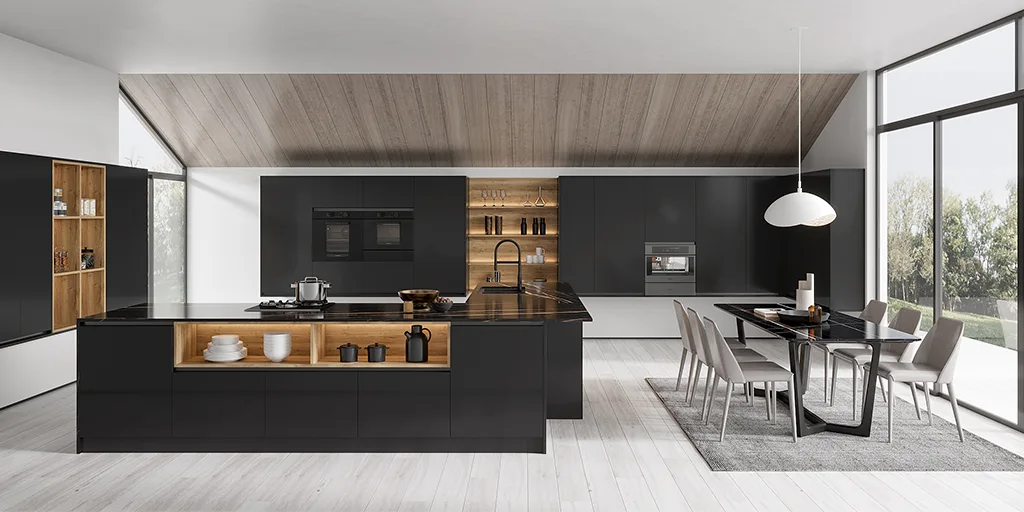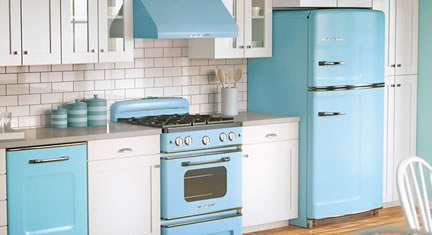The humble kitchen sink often bears the brunt of our culinary adventures, suffering scratches, dents, and unsightly stains from dropped utensils and abrasive cleaning. Protecting this vital workspace is crucial, and a D-shaped kitchen sink protector in stainless steel offers an elegant and highly functional solution. Unlike standard rectangular protectors, the D-shape is specifically designed to fit snugly into sinks with a curved front, maximizing coverage and preventing debris from accumulating in hard-to-reach corners. Choosing a high-quality D-shaped kitchen sink protector in stainless steel ensures long-lasting durability and a sleek, modern aesthetic that complements any kitchen design.
The Benefits of Stainless Steel Sink Protection
- Scratch Prevention: Prevents unsightly scratches from pots, pans, and utensils.
- Dent Resistance: Cushions the impact of dropped items, minimizing the risk of dents.
- Easy Cleaning: Stainless steel is non-porous and easy to wipe clean, preventing the build-up of bacteria and stains.
- Enhanced Drainage: Many protectors feature raised feet or perforations that allow water to flow freely, preventing standing water and food debris accumulation.
- Modern Aesthetic: A stainless steel protector adds a touch of elegance and sophistication to your kitchen sink.
Choosing the Right D-Shaped Protector
When selecting a D-shaped kitchen sink protector, consider the following factors:
Size and Fit
Measure your sink carefully to ensure a perfect fit. The protector should cover as much of the sink bottom as possible without obstructing the drain. A snug fit is essential to prevent the protector from shifting during use.
Material Quality
Opt for a protector made from high-quality stainless steel (ideally 18/10 or 304 grade) for maximum durability and corrosion resistance. Thicker gauge steel will generally offer better protection against dents and warping.
Design Features
Look for features such as raised feet for improved drainage, rubber bumpers to prevent slippage, and a polished finish for easy cleaning. Some protectors also feature integrated utensil holders or drying racks.
Think of the protector as an investment in the longevity and beauty of your kitchen. By choosing wisely, you can enjoy a pristine and functional sink for years to come.
Comparative Table: D-Shaped Sink Protector Features
| Feature | Premium Model | Budget-Friendly Model |
|---|---|---|
| Material | 18/10 Stainless Steel | 304 Stainless Steel |
| Thickness | 1.5mm | 1.0mm |
| Drainage | Raised feet and multiple perforations | Basic perforations |
| Additional Features | Integrated utensil holder, rubber bumpers | None |
Ultimately, selecting the ideal D-shaped kitchen sink protector in stainless steel depends on your individual needs and budget. By carefully considering the factors outlined above, you can confidently choose a protector that will provide years of reliable service and enhance the overall aesthetic of your kitchen.
Installation is generally straightforward. Most D-shaped sink protectors simply sit inside the sink basin, held in place by their own weight and the contours of the sink. However, some models may include adhesive pads or clips for added security, particularly useful in sinks with slippery surfaces. Refer to the manufacturer’s instructions for specific installation guidelines.
MAINTAINING YOUR STAINLESS STEEL PROTECTOR
Proper maintenance is key to extending the life and preserving the appearance of your stainless steel sink protector. Here are a few simple tips:
– Regular Cleaning: Wipe down the protector regularly with a mild dish soap and water to remove food debris and grease.
– Avoid Abrasive Cleaners: Harsh abrasive cleaners can scratch the surface of the stainless steel. Opt for non-abrasive cleaning products specifically designed for stainless steel.
– Remove Hard Water Stains: Hard water stains can be removed with a solution of white vinegar and water. Apply the solution to the affected area, let it sit for a few minutes, and then wipe clean.
– Dry Thoroughly: After cleaning, dry the protector thoroughly to prevent water spots and rust.
BEYOND PROTECTION: CONSIDERING FUNCTIONALITY
While the primary function of a D-shaped sink protector is to protect the sink from damage, some models offer additional functionality that can enhance your kitchen workflow. For example, some protectors include built-in cutting boards or colanders, providing a convenient workspace for food preparation. Others feature integrated dish drying racks, allowing you to dry dishes directly over the sink. These multifunctional protectors can save space and streamline your kitchen tasks.
In closing, selecting the right sink protector involves balancing protection, aesthetics, and functionality to meet your specific needs. This thoughtful choice can ensure your sink stays in pristine condition for years to come.
Investing in a D-shaped sink protector can prevent costly repairs or replacements down the line. Many homeowners don’t realize the cumulative damage that everyday use can inflict on a sink’s surface until it’s too late. Etching from acidic foods, scratches from silverware, and dents from heavy pots can all contribute to a prematurely aged and unsightly sink. A protector acts as a buffer, absorbing the impact and shielding the underlying material from these damaging elements. Furthermore, a well-maintained protector can actually improve the overall hygiene of your kitchen. By preventing food particles from adhering directly to the sink surface, it reduces the potential for bacterial growth and makes cleaning more efficient.
BEYOND THE KITCHEN: ALTERNATIVE USES
While primarily designed for kitchen sinks, a D-shaped stainless steel protector can find utility in other areas of the home. Consider these alternative applications:
– Laundry Room Sink: Protect the sink from scratches and stains caused by detergents and other cleaning products.
– Utility Sink: Prevent damage from tools and equipment in a workshop or garage.
– Pet Washing Station: Provide a cushioned surface for pets during bathing, preventing them from slipping and scratching the sink.
ADDRESSING COMMON CONCERNS
Some consumers may have reservations about using a sink protector, such as concerns about aesthetics or functionality. Here, we address some common misconceptions:
AESTHETICS
A well-chosen stainless steel protector can actually enhance the appearance of your sink. Look for a sleek, modern design that complements your existing kitchen décor. The reflective surface of stainless steel can also brighten up the sink area;
FUNCTIONALITY
Modern protectors are designed to minimize any interference with sink functionality. Raised feet and perforations ensure proper drainage, while the D-shape allows for easy access to the drain and other sink features.
MAINTENANCE
As mentioned earlier, stainless steel is relatively easy to clean and maintain. Regular wiping with a mild detergent is usually sufficient to keep the protector looking its best.
By dispelling these common concerns, we hope to encourage more homeowners to consider the benefits of using a sink protector.
THE FUTURE OF SINK PROTECTION
The market for kitchen sink accessories is constantly evolving, and we can expect to see further innovations in sink protection in the years to come. Future developments may include:
– Smart Protectors: Protectors equipped with sensors that monitor water temperature and pH levels.
– Self-Cleaning Protectors: Protectors with antimicrobial coatings that automatically kill bacteria and prevent stains.
– Customizable Protectors: Protectors that can be tailored to fit any sink shape or size.
These advancements promise to make sink protection even more convenient and effective. Considering all the factors, a high-quality **D-shaped kitchen sink protector in stainless steel** represents a smart investment in the longevity, hygiene, and aesthetics of your kitchen space. As technology advances, we can expect even more sophisticated and user-friendly solutions to emerge, further enhancing the role of sink protection in the modern home.






